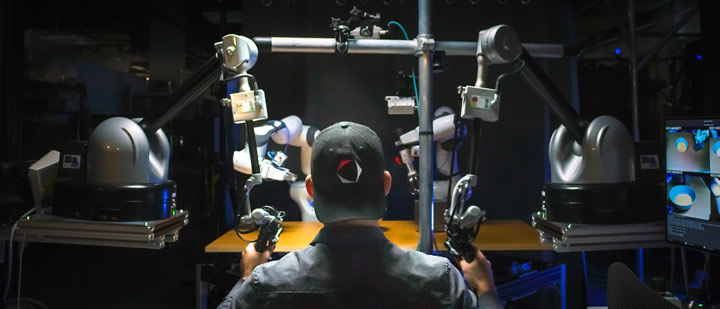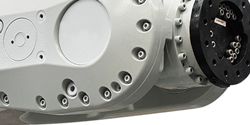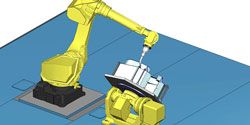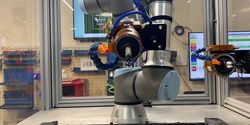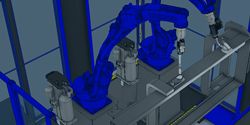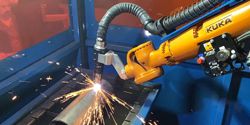Toyota Research Institute Unveils Breakthrough in Teaching Robots New Behaviors
This advancement significantly improves robot utility and is a step towards building "Large Behavior Models (LBMs)" for robots, analogous to the Large Language Models (LLMs) that have recently revolutionized conversational AI.
Why Are You Still Manually Programming Your Robot?
Robots were first introduced to manufacturing assembly lines in 1978. Since then, the hardware (mechanics and control systems) has improved significantly. Yet the way these robots are programmed has not changed very much.
Calculating the ROI of Offline Robot Programming Software
Capital investments in advanced manufacturing environments require careful consideration, especially if that investment is for a new process or technology. If you are looking at investing in OLP here are some things to consider about the potential return on investment (ROI).
Why Use Offline Robot Programming Software and How to Get Started
If you have added manufacturing robots to your facility, you are already aware of the advantages they provide and the ROI. Robots do have a downside, however, when it comes to programming-most of the time, they must be offline to be updated or programmed.
ArtiMinds and ATI Accelerate Technology Implementation with Greene Tweed
Choosing the right automation partners led Greene Tweed to quickly develop, integrate and install a more flexible automated material removal cell.
Virtual to Reality: Delivering Accuracy to The Real World
It's easy to show a robot being programmed in a matter of minutes inside of a controlled virtual environment. But those programs need to translate to something useful in the real robot cell. The points that the robot will follow need to line up with the part properly.
Robotic Plasma Cutting in a 3D World
ARC Specialties designed and built a turnkey solution for 3D robotic plasma cutting with the help of essential offline programming tools. With the right partners by your side, no challenge is too steep.
Records 1 to 7 of 7
Featured Product
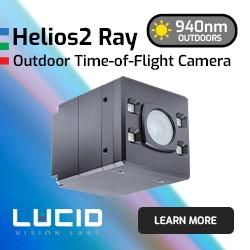
Helios™2 Ray Time-of-Flight Camera Designed for Unmatched Performance in Outdoor Lighting Conditions
The Helios2 Ray camera is powered by Sony's DepthSense IMX556PLR ToF image sensor and is specifically engineered for exceptional performance in challenging outdoor lighting environments. Equipped with 940nm VCSEL laser diodes, the Helios2 Ray generates real-time 3D point clouds, even in direct sunlight, making it suitable for a wide range of outdoor applications. The Helios2 Ray offers the same IP67 and Factory Tough™ design as the standard Helios2 camera featuring a 640 x 480 depth resolution at distances of up to 8.3 meters and a frame rate of 30 fps.

